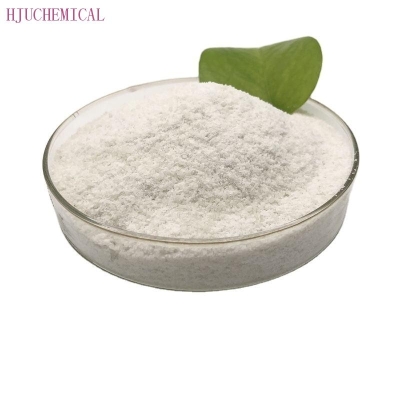-
Categories
-
Pharmaceutical Intermediates
-
Active Pharmaceutical Ingredients
-
Food Additives
- Industrial Coatings
- Agrochemicals
- Dyes and Pigments
- Surfactant
- Flavors and Fragrances
- Chemical Reagents
- Catalyst and Auxiliary
- Natural Products
- Inorganic Chemistry
-
Organic Chemistry
-
Biochemical Engineering
- Analytical Chemistry
- Cosmetic Ingredient
-
Pharmaceutical Intermediates
Promotion
ECHEMI Mall
Wholesale
Weekly Price
Exhibition
News
-
Trade Service
Currently, non-EM-enabled printing materials require conductive coatings to have the quality required for use in the aerospace industry.
Conductivity is critical in aviation applications because it allows parts to effectively manage electromagnetic interference and absorb radiation.
In the design of all aircraft, the management of static dissipation, electromagnetic interference and radiation absorption is extremely important.
Therefore, the composite material company Hexcel has released a new conductive polymer-based carbon fiber composite material for 3D printing, which is used to help users reduce expensive post-processing links and deliver "ready to use" components.
? Hexcel's aerospace additive manufacturing research began in 2016, when it opened a new research center in Duxford, UK, aiming to develop new composite materials for the aerospace and industrial markets.
A year later, the company took another step and acquired Oxford Performance Materials (OPM), a well-known producer of high-performance thermoplastics and carbon fiber-reinforced 3D printed parts.
? After the acquisition, OPM CEO Scott DeFelice stated that its focus is "still focused on the application of PEKK" and that the company is "developing some exciting new materials.
" Hexcel subsequently reaffirmed its commitment to the development of new PEKK aerospace materials by obtaining approval for 3D printing parts from the multinational airline Boeing.
? Hexcel's new PEKK material has integrated EM characteristics, eliminating the need for such expensive and time-consuming post-processing tasks, which makes it likely to be suitable for printing various aviation components.
The polymer was developed using the company's industry-certified HexAM process, which means that the polymer has demonstrated a high level of performance in terms of sustainability, working temperature and chemical resistance.
? The company's self-proclaimed "industry leading" materials are designed to produce end-use components for commercial aircraft, military aircraft, helicopters, and drones.
According to Hexcel, this makes HexPEKK EM an ideal choice for reducing the weight and cost of related components, such as air intakes, electronic enclosures and cockpit structures.
In addition, the inherent design flexibility of 3D printing may encourage the redesign of similar aerospace objects in a lower cost and more efficient manner.
Moving forward, the company promised to continue to develop its patented HexAM process to "fundamentally improve the way the world's aircraft components are manufactured.
"
Conductivity is critical in aviation applications because it allows parts to effectively manage electromagnetic interference and absorb radiation.
In the design of all aircraft, the management of static dissipation, electromagnetic interference and radiation absorption is extremely important.
Therefore, the composite material company Hexcel has released a new conductive polymer-based carbon fiber composite material for 3D printing, which is used to help users reduce expensive post-processing links and deliver "ready to use" components.
? Hexcel's aerospace additive manufacturing research began in 2016, when it opened a new research center in Duxford, UK, aiming to develop new composite materials for the aerospace and industrial markets.
A year later, the company took another step and acquired Oxford Performance Materials (OPM), a well-known producer of high-performance thermoplastics and carbon fiber-reinforced 3D printed parts.
? After the acquisition, OPM CEO Scott DeFelice stated that its focus is "still focused on the application of PEKK" and that the company is "developing some exciting new materials.
" Hexcel subsequently reaffirmed its commitment to the development of new PEKK aerospace materials by obtaining approval for 3D printing parts from the multinational airline Boeing.
? Hexcel's new PEKK material has integrated EM characteristics, eliminating the need for such expensive and time-consuming post-processing tasks, which makes it likely to be suitable for printing various aviation components.
The polymer was developed using the company's industry-certified HexAM process, which means that the polymer has demonstrated a high level of performance in terms of sustainability, working temperature and chemical resistance.
? The company's self-proclaimed "industry leading" materials are designed to produce end-use components for commercial aircraft, military aircraft, helicopters, and drones.
According to Hexcel, this makes HexPEKK EM an ideal choice for reducing the weight and cost of related components, such as air intakes, electronic enclosures and cockpit structures.
In addition, the inherent design flexibility of 3D printing may encourage the redesign of similar aerospace objects in a lower cost and more efficient manner.
Moving forward, the company promised to continue to develop its patented HexAM process to "fundamentally improve the way the world's aircraft components are manufactured.
"







